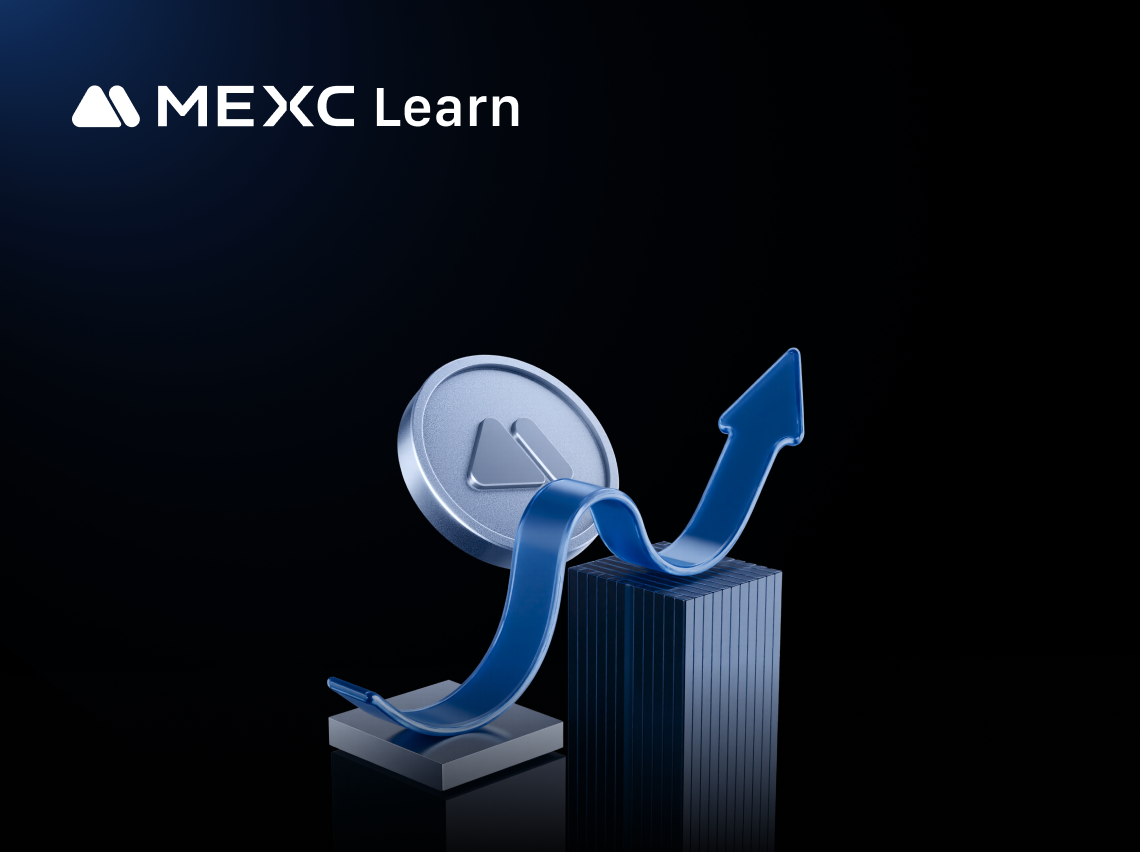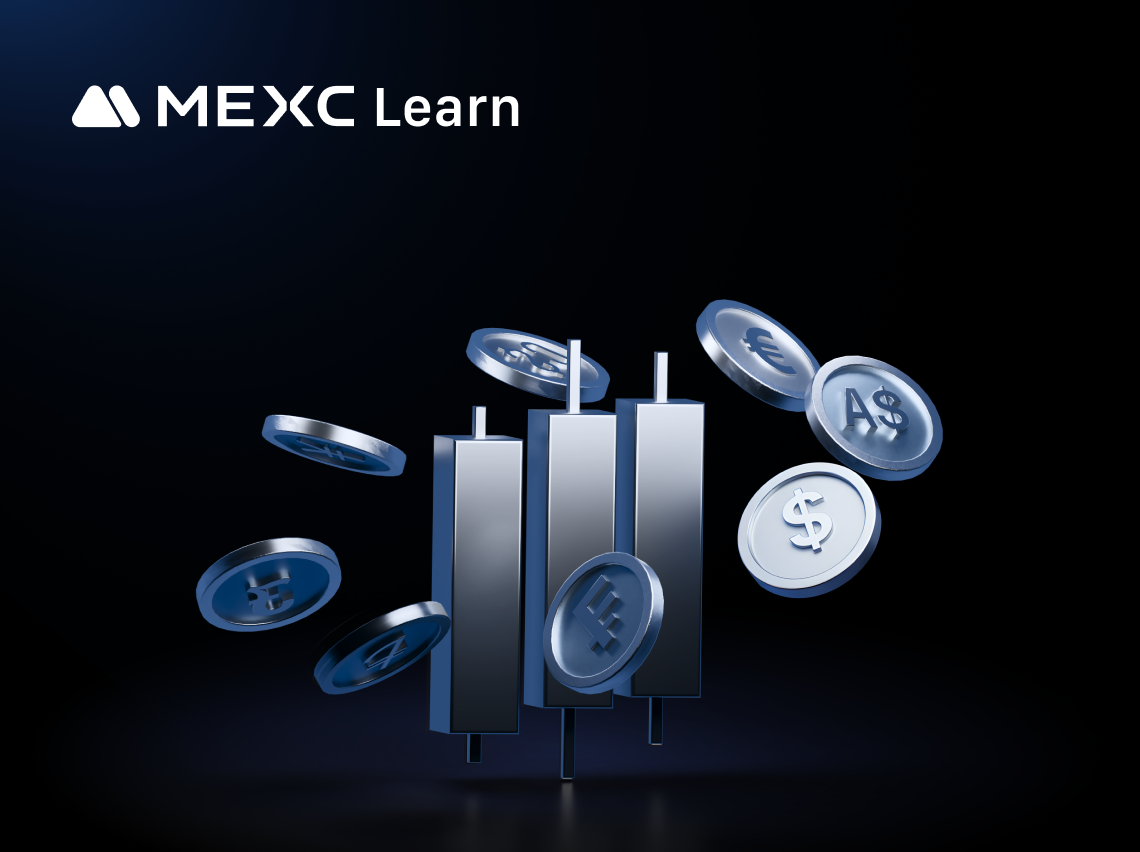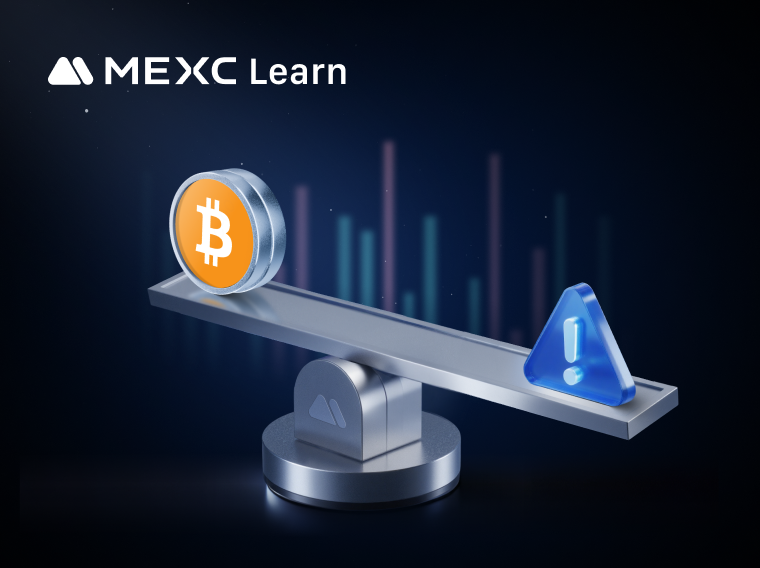A must-read for beginners! How to prevent liquidation in futures trading?
Abstract of this article:
1. What are the reasons for the liquidation of cryptocurrency futures positioning?
2. How to avoid futures positioning being liquidated?
2.1 Reasonable use of leverage
2.1.1 choose the appropriate leverage
2.1.2 calculate liquidation price
2.2 Set Take Profit and Stop Loss
2.2.1 set stop price
2.2.2 Set Take Profit Price
2.3 Maintain sufficient margin
2.3.1 Periodic Supplementary Margin
2.3.2 Use cross margin mode
2.4 Develop and implement scientific trading strategies
2.5 Good positioning management
2.6 Focus on market volatility
2.6.1 choose low volatility trading
2.6.2 focus on funding rates
2.7 Choosing a reliable futures trading platform
3. How to deal with a margin call in futures trading?
3.1 Stay calm and accept reality
3.1.1 accept losses and avoid denying reality
- Face the problem: The liquidation has occurred, and the loss in capital is a fact. Do not try to make up for the loss quickly through emotional operation, which will only further expand the problem.
- Avoid self-blame: Breaking out is a risk in trading, and many excellent traders have experienced similar situations in their careers. Don't blame yourself entirely for failure, but see it as a learning opportunity.
3.1.2 stabilize sentiment and suspend trading
- Avoid impulsive trading: After a margin call, emotions can easily get out of control and one may re-enter the market without fully analyzing it. This "retaliatory trading" usually leads to greater losses.
- Rest adjustment: give yourself some time to calm down, re-examine your trading strategy and psychological state, and avoid making decisions when your emotions are unstable.
3.2 Review and problem analysis
3.2.1 analyze the reasons for liquidation
- Market volatility: Did you underestimate the magnitude of market volatility? For example, did you ignore the impact of important economic data or unexpected events?
- Excessive leverage: The use of excessive leverage may lead to overly sensitive positioning, and small fluctuations may cause liquidation.
- Positioning too heavy: Have you invested too much money in a single transaction, causing the account to be unable to withstand large price fluctuations?
- Improper stop loss setting: Is the stop loss not set, or is the stop loss too tight or too loose?
- Emotional operation: Did you deviate from the original plan because of greed or fear?
3.2.2 find trading system problems
- Trading Plan: Is there a clear trading plan? Does the plan include entry points, stop loss points, target points and risk management strategies?
- Risk control strategy: Have reasonable risk control mechanisms been established, such as the maximum risk ratio for each transaction?
- Market analysis: Have market trends and technical indicators been fully analyzed, or have you blindly followed market sentiment?
3.2.3 record the transaction log
3.3 Adjust fund management and trading strategies
3.3.1 re-evaluate money management
- Leverage Reduction: Use appropriate leverage (such as 2x-5x) to reduce the volatility of the account and the risk of liquidation.
- Control positioning: Ensure that the capital investment for each transaction does not exceed 1% -2% of the total account funds. Even if there are continuous losses, funds can be retained to continue trading.
- Increase margin rate: Keep a high proportion of available margin in your account to cope with market volatility.
3.3.2 Optimize Trading Strategies
- Set stop loss: at each opening, strictly set a reasonable stop loss point, and resolutely execute.
- Building positions in batches: Avoid heavy positions at one time, adopt the strategy of building positions in batches, and reduce the impact of market fluctuations.
- Focus on risk/reward ratio: Ensure that the ratio of expected return to latent risk for each trade is at least 2:1 or higher.
3.3.3 learn more trading skills
- Technical Analysis: In-depth study of technical indicators (such as RSI, MACD, Bollinger Bands) and chart patterns to improve the judgment of market trends.
- Fundamental Analysis: Focus on macroeconomic data, policy changes and industry dynamics to understand the drivers behind the market.
- Trading Psychology: Learn how to control your emotions and avoid deviating from your trading plan due to greed or fear.
3.4 Develop a review and improvement plan
3.4.1 set realistic goals
- Short-term goals: When resuming trading, set small but achievable goals, such as earning 1% -2% per week, and gradually regain confidence.
- Long-term goal: Focus on improving trading skills and stable growth of funds, rather than doubling or getting rich quickly in the short term.
3.4.2 regular review
- Weekly Review: Take time each week to review your trading history and analyze the reasons for your success and failure.
- Summary of experience: Develop specific improvement measures for common problems (such as overtrading, missed stop loss), and strictly implement them in the next trade.
3.4.3 avoid repeating mistakes
3.5 Psychological repair after liquidation
3.5.1 accept that liquidation is part of the deal
- Understand Risk: Being liquidated does not mean failure, but is one of the challenges that may be encountered during the trading process. Top traders have experienced losses, but they have achieved success through continuous learning and improvement.
- Face up to your mistakes: A margin call is an opportunity for self-reflection and improvement to avoid similar situations in the future.
3.5.2 rebuild trading confidence
- Lower target: When resuming trading, lower the expected return target and focus on accumulating small profits.
- Demo Trading: Restore familiarity and confidence in the market through demo trading before resuming live trading.
- Gradually increase positions: start with small amounts of capital and gradually increase positioning to ensure that each transaction is within a controllable range.
Recommended reading:
- Why choose MEXC futures trading? Learn more about the advantages and features of MEXC futures trading to help you seize the opportunity in the futures field.
- How to participate in M-Day? Master the specific methods and skills to participate in M-Day, and don't miss the futures bonus airdrop of 70,000 USDT every day
- Futures Trading Operation Guide (App End) Learn more about the operation process of futures trading on the App end, so that you can easily get started and play futures trading.
Popular Articles

Is Bitcoin Going to Crash? Expert Analysis of the $600 Billion Market Wipeout
Bitcoin has dropped below $90,000, marking a seven-month low and erasing nearly 30% of its value since October's peak of $126,000.The cryptocurrency market has wiped out over $600 billion in value, le

MSTR mNAV Drops Below 1, How to Buy MSTR in the Crypto Market
Key TakeawaysRare Discount Signal (mNAV < 1) MSTR's Market Value to Net Asset Value (mNAV) dropping below 1 is a historically rare event. It signals that the company's market valuation is currently lo

How Much Bitcoin Does Satoshi Have? Here's The Answer
Satoshi Nakamoto, Bitcoin's mysterious creator, holds approximately 1 million BTC. At Bitcoin's current market price, this fortune is worth over $100 billion, representing roughly 4.8% of Bitcoin's to

Why is Bitcoin Going Up? Key Factors Behind Bitcoin's Price Up
If you've been watching the cryptocurrency markets lately, you've probably wondered why is Bitcoin going up to such remarkable levels. Bitcoin recently smashed through $120,000 and continues climbing
Hot Crypto Updates

Zcash Wallet: Your Complete Guide to Storing ZEC Safely
A Zcash wallet is a digital tool that lets you store, send, and receive ZEC coins securely.Think of it as your personal bank account for Zcash, where you hold the keys to your privacy-focused cryptocu

Zcash Price Prediction: What to Expect from This Privacy Coin
Privacy coins are making waves in the crypto market, and Zcash (ZEC) is leading the charge. This digital asset has caught investors' attention with impressive price movements and growing adoption.If y

Zcash News: Privacy Cryptocurrency Gains Momentum in Crypto Market
Privacy-focused cryptocurrencies are capturing renewed attention, and Zcash is leading the charge.The digital asset has experienced significant market activity, driven by institutional interest and gr

Beeg Blue Whale Future Outlook: In-Depth Analysis of Investment Opportunities and Challenges in Sui Ecosystem Meme Coins
Key TakeawaysSui blockchain as next-generation high-performance Layer-1 public chain provides ideal technical environment for BEEG and other meme coinsSui ecosystem TVL continues growing with meme coi
Trending News

USD mixed ahead of key FOMC decision – Scotiabank
The post USD mixed ahead of key FOMC decision – Scotiabank appeared on BitcoinEthereumNews.com. The US Dollar (USD) is narrowly mixed in quiet trade as investors await this week’s key event—Wednesday’

Risk back on the table as crypto ETFs bounce back
The post Risk back on the table as crypto ETFs bounce back appeared on BitcoinEthereumNews.com. This is a segment from the 0xResearch newsletter. To read full editions, subscribe. Today, we break down

Gold continues to hit new highs. How to invest in gold in the crypto market?
As Bitcoin encounters a "value winter", real-world gold is recasting the iron curtain of value on the blockchain.

Foreigner’s Lou Gramm Revisits The Band’s Classic ‘4’ Album, Now Reissued
The post Foreigner’s Lou Gramm Revisits The Band’s Classic ‘4’ Album, Now Reissued appeared on BitcoinEthereumNews.com. American-based rock band Foreigner performs onstage at the Rosemont Horizon, Ros
Related Articles

Different Types of Spot Orders
The MEXC platform offers four types of spot orders: Limit Orders, Market Orders, Take-Profit/Stop-Loss Orders, and OCO (One-Cancels-the-Other) Orders.1. Limit OrderWith limit orders, users can set the

MEXC Account Problems Solved: Login Issues, KYC, Withdrawal & Support Guide
1. Login1.1 How do Ilog inwhen neither mymobilenumber noremail are accessible?If you remember your account login password:On the Web: On the official login page, enter your account and password, then

What Is Liquidation? A Complete Guide to Its Mechanism, Price Calculation, and Risk Management
1. What Is Liquidation (Margin Call)? When Does It Most Often Occur?Liquidation (also called "margin call") happens when an account's maintenance margin rate falls below the platform's require

MEXC Loans is Now Live!
MEXC Loans is a cryptocurrency lending solution introduced by MEXC. MEXC Loans allows users to collateralize one of their cryptocurrency assets to borrow another that they can then use for spot tradin
